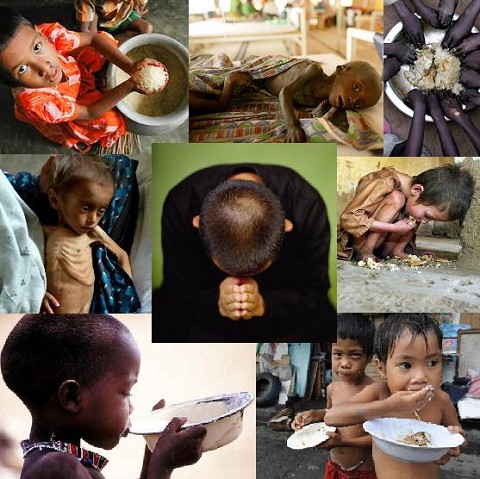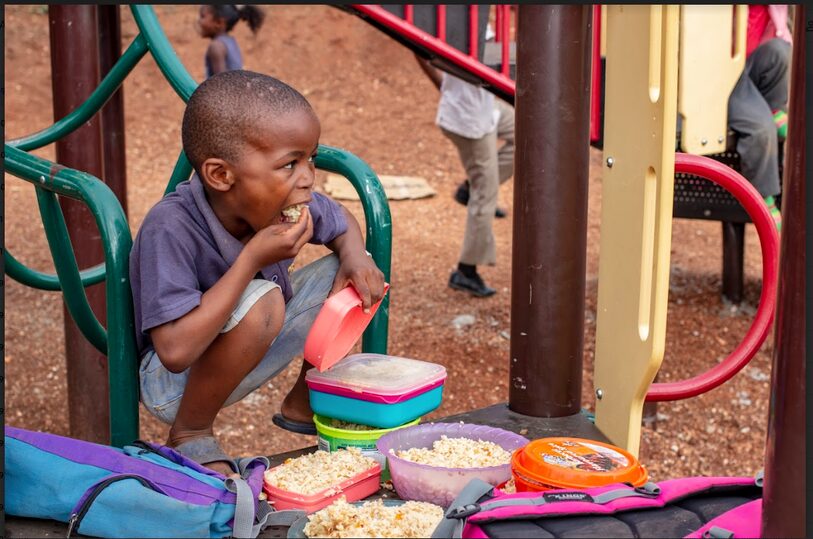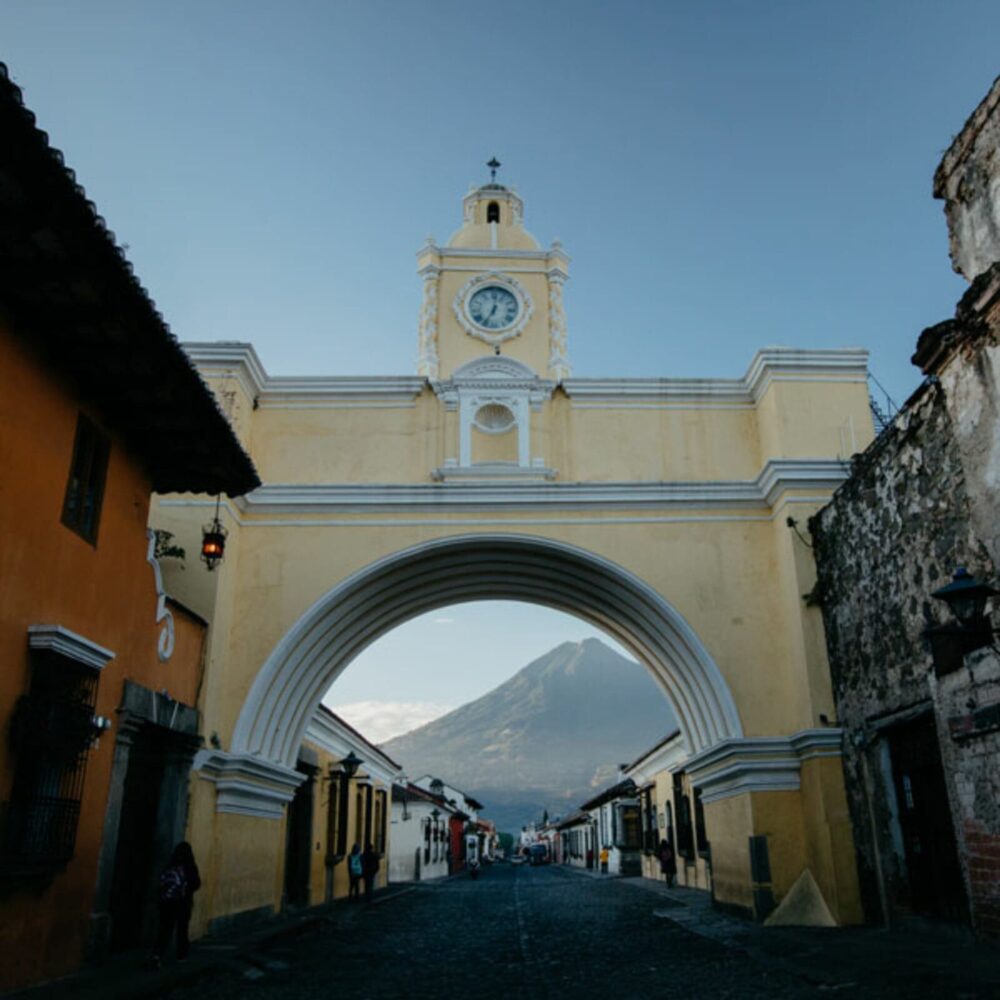Sun, Jun 29, 2008 is Compassion’s Global Day of Prayer and Fasting for the global food crisis. Some points to pray about:
* Wisdom for world leaders and governments as they search for solutions to the crisis.
* That our desires would be to care for the poorest of the poor and be a voice for those who have none.
* That we would all live more simply so that others may simply live.
* For the safety and well-being of sponsored children and their families during this crisis.

Here is an article about the food crisis we are and will be facing, taken from the Sunday Herald.
And for the first time in history, say experts, the impact is spreading from the developing to the developed world.
More than 73 million people in 78 countries that depend on food handouts from the United Nations World Food Programme (WFP) are facing reduced rations this year. The increasing scarcity of food is the biggest crisis looming for the world”, according to WFP officials.
At the same time, the UN Food and Agriculture Organisation has warned that rising prices have triggered a food crisis in 36 countries, all of which will need extra help. The threat of malnutrition is the world’s forgotten problem”, says the World Bank as it demands urgent action.
The bank points out that global food prices have risen by 75% since 2000, while wheat prices have increased by 200%. The cost of other staples such as rice and soya bean have also hit record highs, while corn is at its most expensive in 12 years.
The increasing cost of grains is also pushing up the price of meat, poultry, eggs and dairy products. And there is every likelihood prices will continue their relentless rise, according to expert predictions by the UN and developed countries.
High prices have already prompted a string of food protests around the world, with tortilla riots in Mexico, disputes over food rationing in West Bengal and protests over grain prices in Senegal, Mauritania and other parts of Africa. In Yemen, children have marched to highlight their hunger, while in London last week hundreds of pig farmers protested outside Downing Street.
If prices keep rising, more and more people around the globe will be unable to afford the food they need to stay alive, and without help they will become desperate. More food riots will flare up, governments will totter and millions could die.
Food scarcity means a big increase in the number of people going hungry,” says the WFP’s Greg Barrow. Without doubt, we are passing through a difficult period for the world’s hungry poor.” The WFP estimates it needs an additional $500 million to keep feeding the 73 million people in Africa, Asia and central America who require its help. We need extra money by the middle of 2008 so we don’t have to reduce rations,” says Barrow.
He also points out that age-old patterns of famine are changing. “We are feeding communities of people we didn’t expect to feed,” he explains.
As well as being rural, the profile of the new hungry poor is also urban, which is new. There is food available in the markets and shops – it’s just that these people can’t afford to buy it. This is the new face of hunger.” The food shortages will also affect western industrialised nations such as Scotland, Barrow says. Scarcity means that some foods will get very expensive, or disappear from supermarkets altogether, meaning a move to seasonal, indigenous vegetables.” Of the 36 countries named last month as currently facing a food crisis, 21 are in Africa. Lesotho and Swaziland have been afflicted by droughts, Sierra Leone lacks widespread access to food markets because of low incomes and high prices, and Ghana, Kenya and Chad among others are enduring “severe localised food insecurity”.
In India last year, more than 25,000 farmers took their own lives, driven to despair by grain shortages and farming debts. “The spectre of food grain imports stares India in the face as agricultural growth plunges to an all-time low,” warns India Today magazine.
The World Bank predicts global demand for food will double by 2030. This is partly because the world’s population is expected to grow by three billion by 2050, but that is only one of many interlocking causes.








